Drop Foot: symptoms, causes and treatments
- Published 11/1/2023
- Last Reviewed 12/13/2023
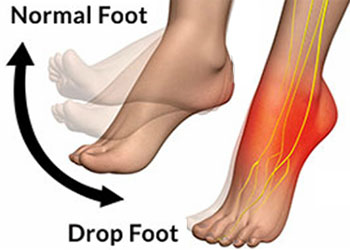
What is drop foot?
Foot drop, also called drop foot, is a term used to describe difficulty lifting the forefoot. If you have foot drop, you may experience trouble clearing the floor with the front part of your foot when walking, sometimes causing your foot to drag. Severe cases of drop foot can adversely affect your quality of life, making it challenging to do everyday tasks like walking and driving.
While it is a medical condition, drop foot itself is not a disorder or a disease but a symptom of another, often neurological, health concern.
- Previous
- Condition
-
Dr. Gina Nalbandian specializes in reconstructive and revisional foot and ankle surgery, foot and ankle trauma, sports medicine, lapiplasty, and limb salvage.
While an undergrad, Gina volunteered at free clinics, hospitals and with the AIDS Project in Los Angeles, all the while exploring various careers in medicine. She also conducted and published her research in the lab on campus. “I soon found out that the lab life wasn’t for me, and I wanted a more hands-on approach to medicine,” she says.
Dr. Nalbandian did her residency at St. Elizabeth’s Medical Center in Boston, which is affiliated with Tufts University. As a resident, she served an academic coordinator and chief resident.
A resident of Sherman Oaks, Gina continues to volunteer her expertise with the Special Olympics, Happy Feet (providing foot care at homeless shelters), and the Boston Marathon.
 I was extremely nervous prior to the appointment for an uncomfortable procedure. The anticipation was FAR worse than the treatm...Diane A.
I was extremely nervous prior to the appointment for an uncomfortable procedure. The anticipation was FAR worse than the treatm...Diane A. Please provide handicap parkingBarry S.
Please provide handicap parkingBarry S. Dr. Ambibola Johnson is awesome!Laurie S.
Dr. Ambibola Johnson is awesome!Laurie S. I appreciate the care and timeliness of all my appointments I’ve had at UFAI. Gray, Lydia and the staff all are wonderful. Lydi...Edelmira G.
I appreciate the care and timeliness of all my appointments I’ve had at UFAI. Gray, Lydia and the staff all are wonderful. Lydi...Edelmira G. A few months ago, I visited Dr. Baravarian for a foot ailment that I had been suffering from for a few years. After a couple of...Tory R.
A few months ago, I visited Dr. Baravarian for a foot ailment that I had been suffering from for a few years. After a couple of...Tory R. Very greatfull for the doctor and stuffJesus M.
Very greatfull for the doctor and stuffJesus M. Doctor was very caringBrigitte S.
Doctor was very caringBrigitte S. Everyone is very nice and efficient-
Everyone is very nice and efficient-
Especially Dr Kelman. He takes very good care of me!!Claudia K. Great costumer service.
Great costumer service.
Prompt and efficientDean W. It was perfect. It was a quick appointment, in and out in ten minutes. All my questions answered. Could not have gone better.Jonathan R.
It was perfect. It was a quick appointment, in and out in ten minutes. All my questions answered. Could not have gone better.Jonathan R. No . I’m pleased with the care .Michael P.
No . I’m pleased with the care .Michael P. Appreciate the professionalism and expertise, as well as the caring.Stella G.
Appreciate the professionalism and expertise, as well as the caring.Stella G.
-
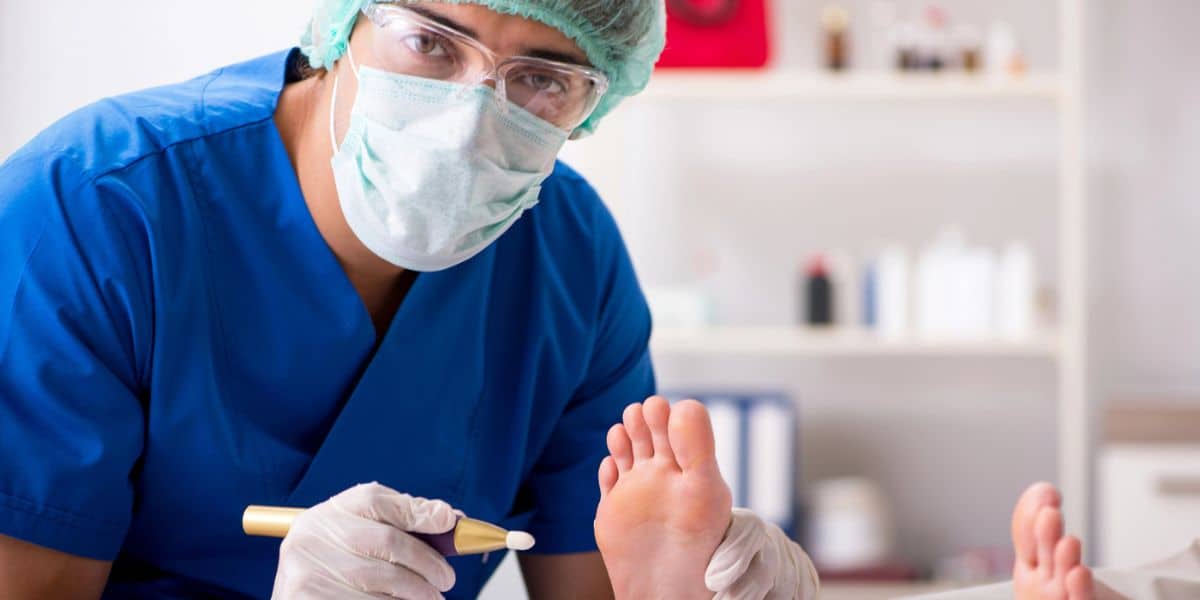 Listen Now
Should I See a Podiatrist or Orthopedist for Foot Pain and Ankle Problems?
Read More
Listen Now
Should I See a Podiatrist or Orthopedist for Foot Pain and Ankle Problems?
Read More
-
 Listen Now
Is Bunion Surgery Covered By Insurance?
Read More
Listen Now
Is Bunion Surgery Covered By Insurance?
Read More
-
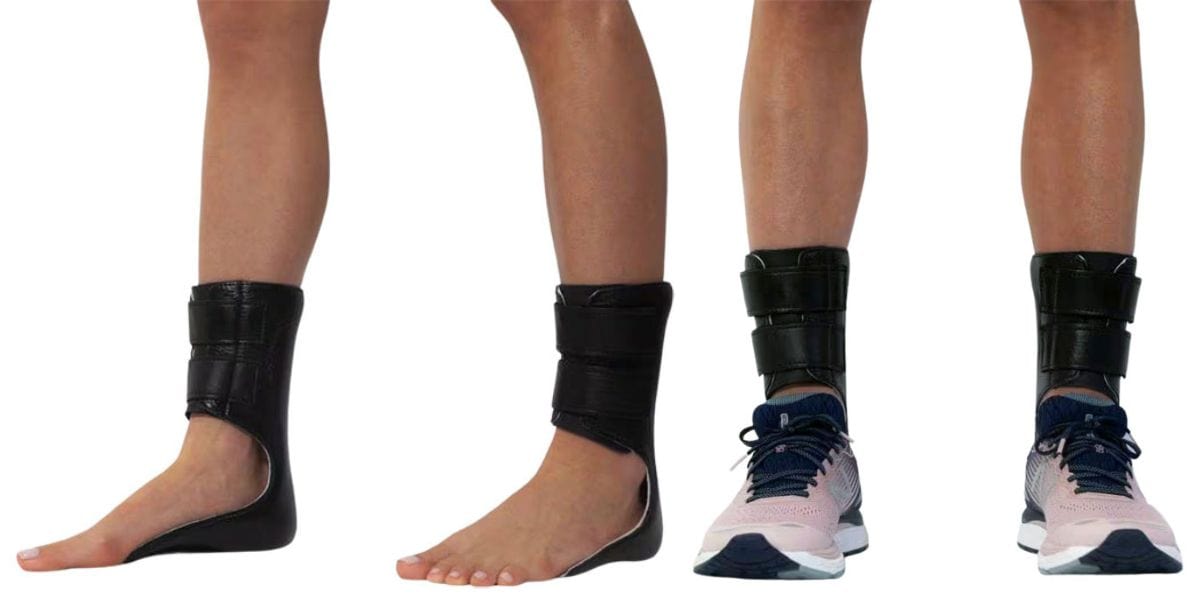 Listen Now
Moore Balance Brace: Enhance Stability and Prevent Falls for Better Mobility
Read More
Listen Now
Moore Balance Brace: Enhance Stability and Prevent Falls for Better Mobility
Read More
-
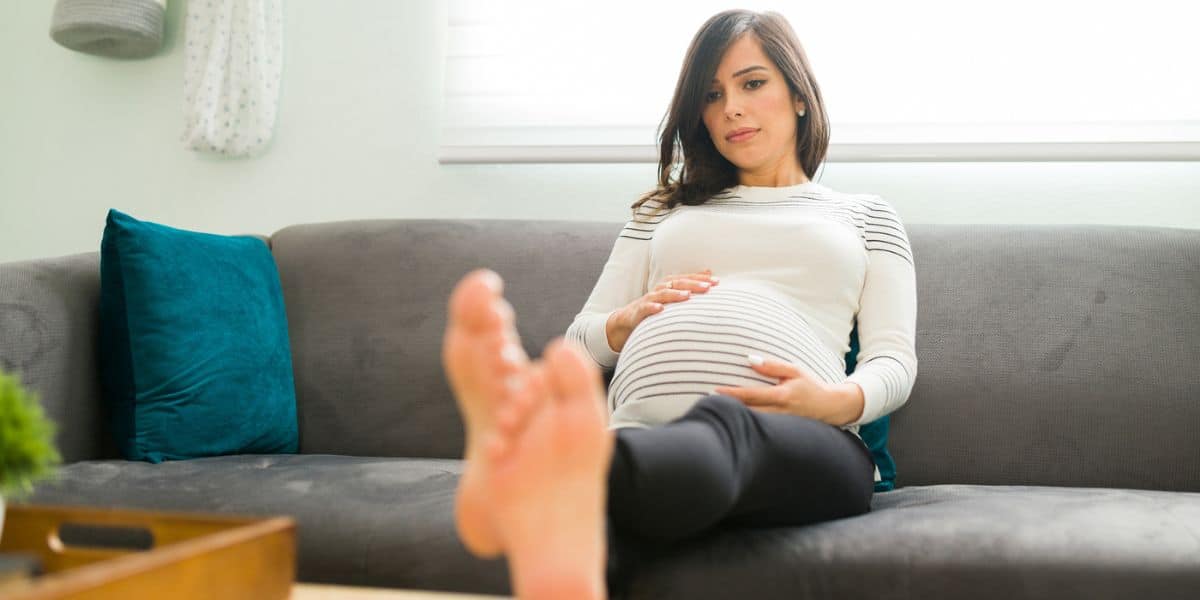 Listen Now
Swollen Feet During Pregnancy
Read More
Listen Now
Swollen Feet During Pregnancy
Read More
-
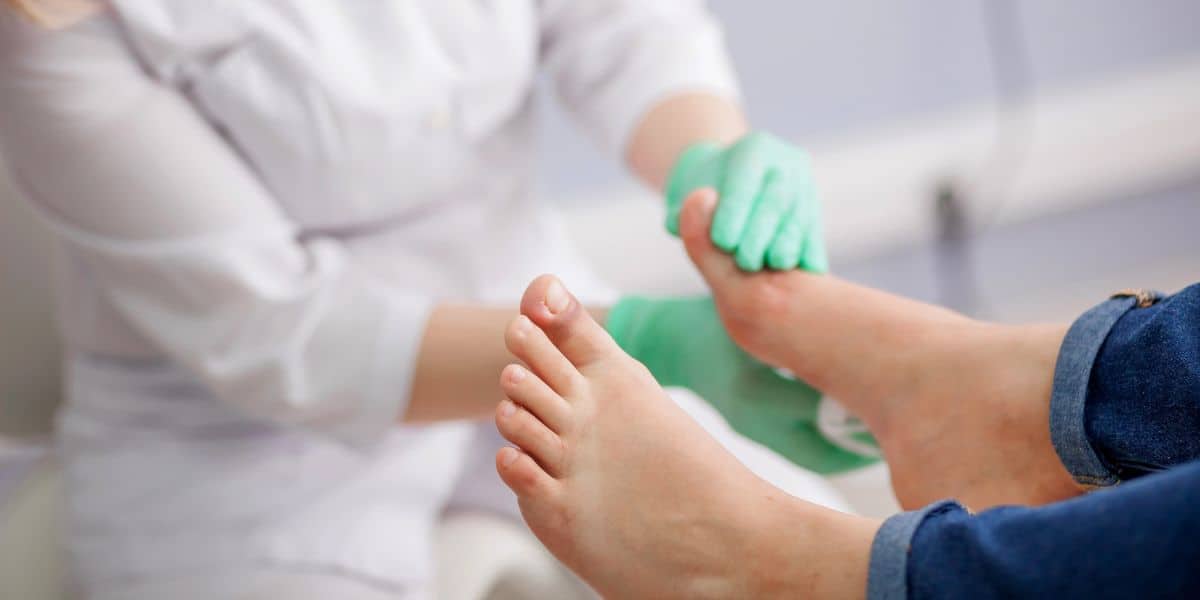 Listen Now
Non-Surgical Treatment for Plantar Fasciitis – What Are Your Options?
Read More
Listen Now
Non-Surgical Treatment for Plantar Fasciitis – What Are Your Options?
Read More
-
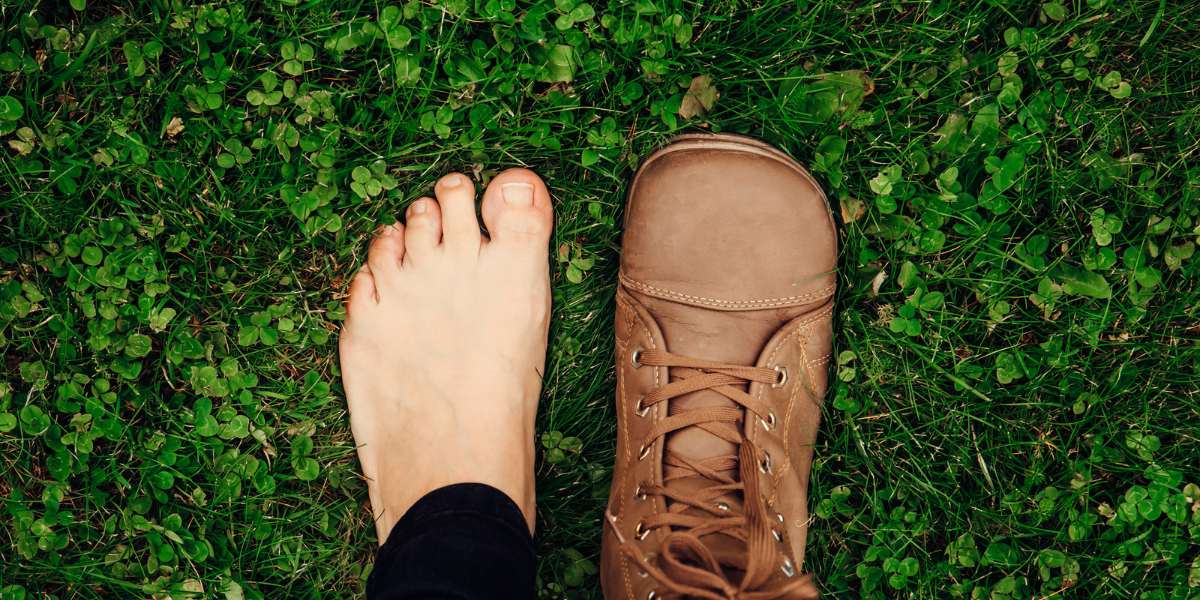 Listen Now
How To Tell If You Have Wide Feet
Read More
Listen Now
How To Tell If You Have Wide Feet
Read More
-
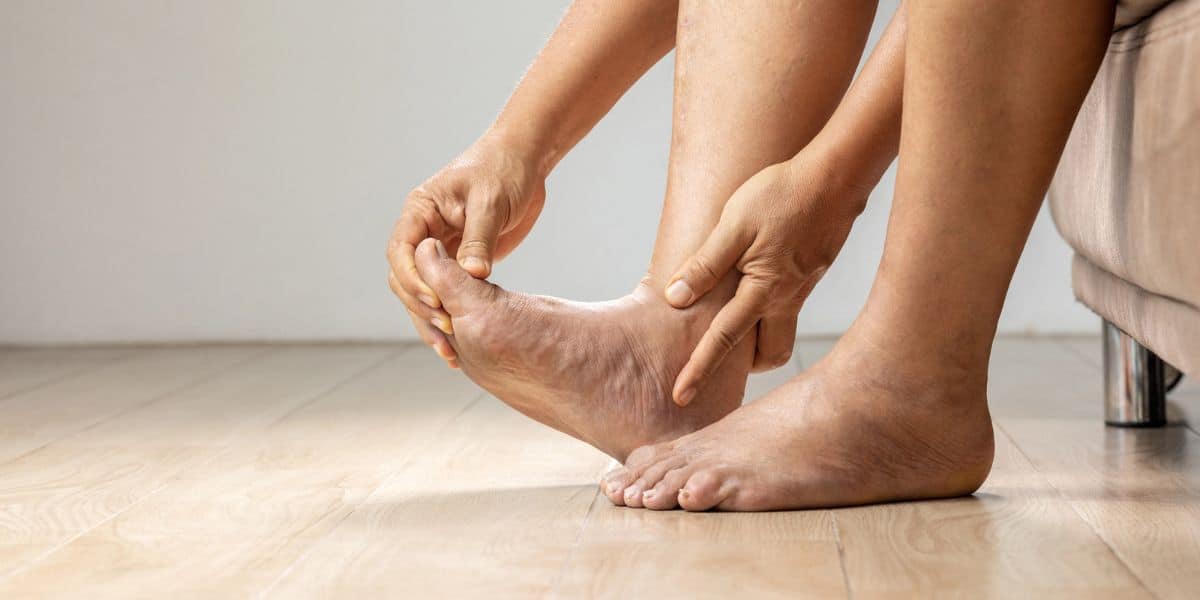 Listen Now
Top 10 Non-Surgical Treatments for Morton's Neuroma
Read More
Listen Now
Top 10 Non-Surgical Treatments for Morton's Neuroma
Read More
-
 Listen Now
Do Blood Pressure Medicines Cause Foot Pain?
Read More
Listen Now
Do Blood Pressure Medicines Cause Foot Pain?
Read More
-
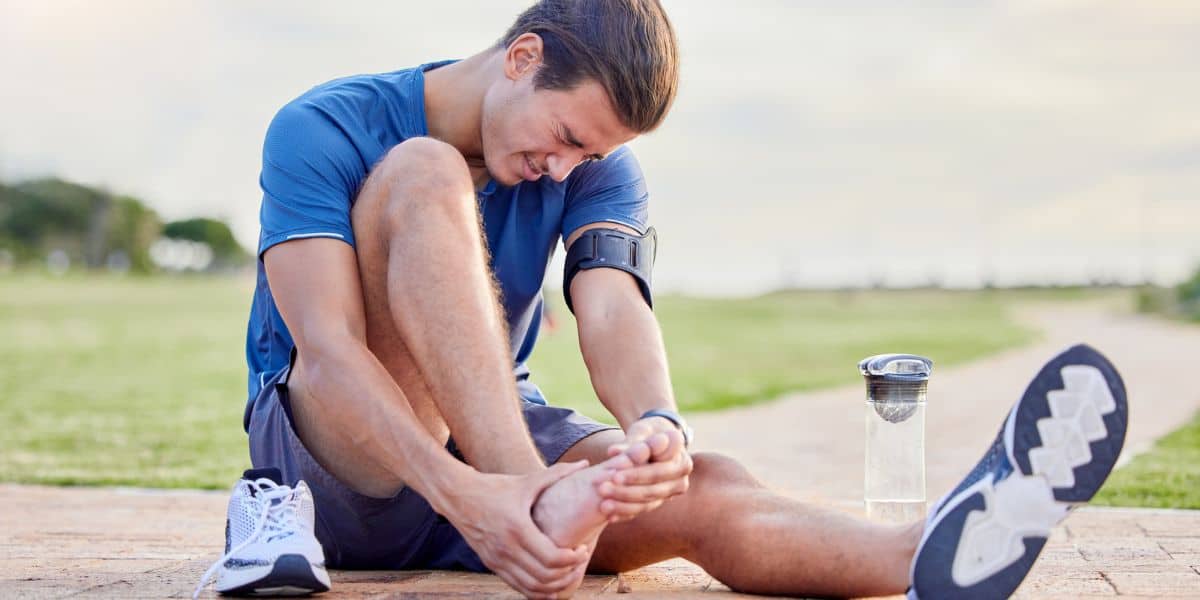 Listen Now
Bunion Surgery for Athletes: Can We Make It Less Disruptive?
Read More
Listen Now
Bunion Surgery for Athletes: Can We Make It Less Disruptive?
Read More
-
 Listen Now
15 Summer Foot Care Tips to Put Your Best Feet Forward
Read More
Listen Now
15 Summer Foot Care Tips to Put Your Best Feet Forward
Read More
-
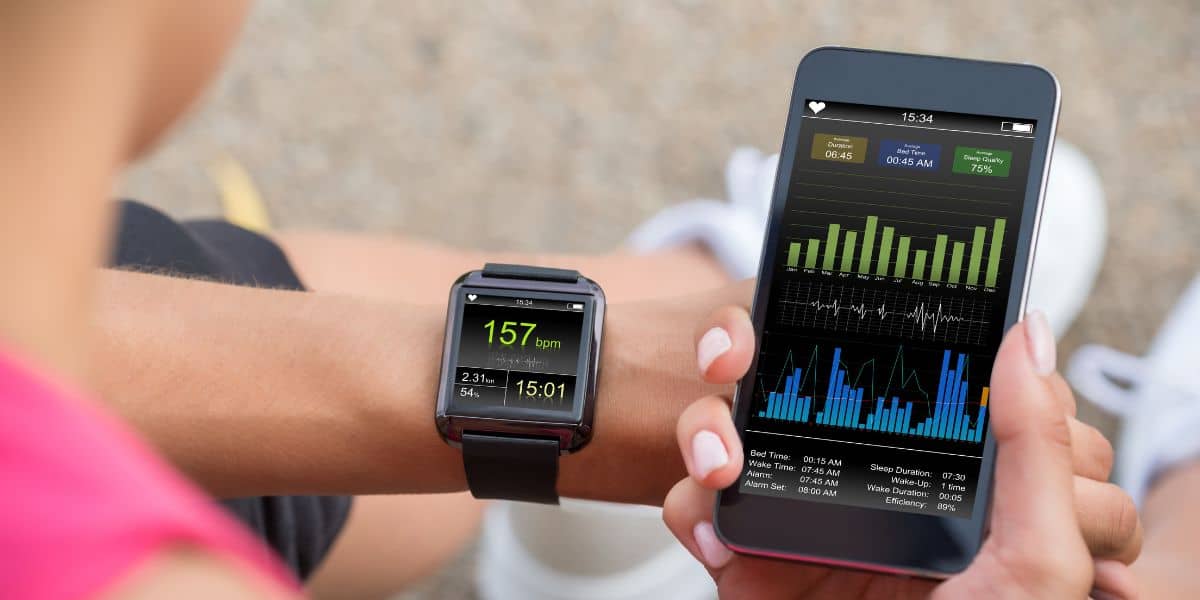 Listen Now
How Many Steps Do I Need A Day?
Read More
Listen Now
How Many Steps Do I Need A Day?
Read More
-
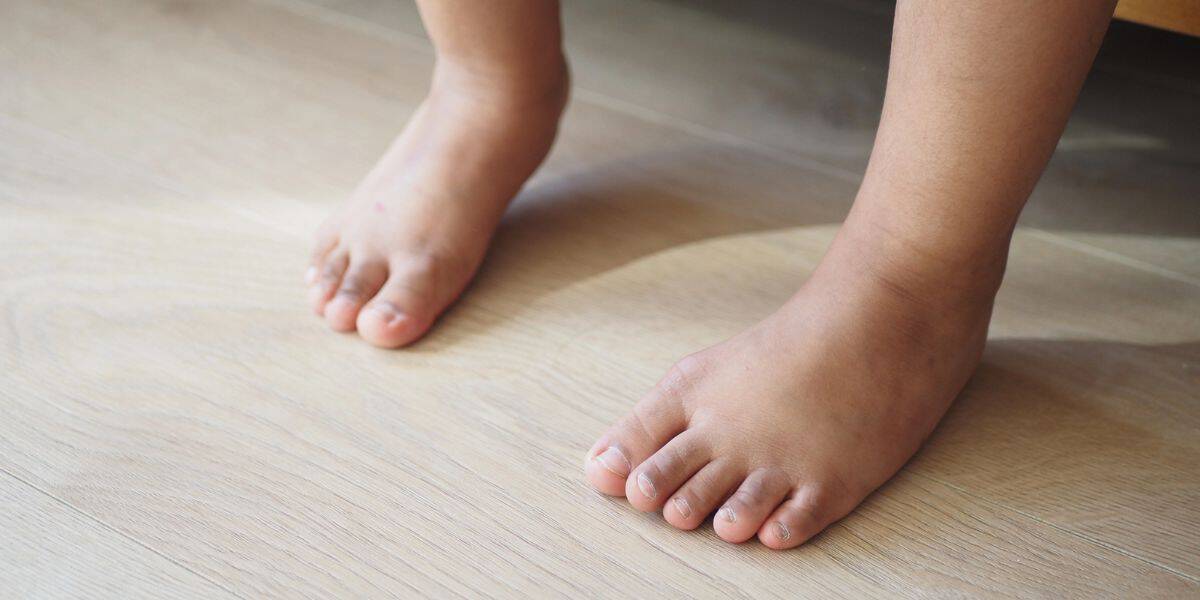 Listen Now
Pediatric Bunion Surgery
Read More
Listen Now
Pediatric Bunion Surgery
Read More
-
 Listen Now
Bunion Surgery for Seniors: What You Need to Know
Read More
Listen Now
Bunion Surgery for Seniors: What You Need to Know
Read More
-
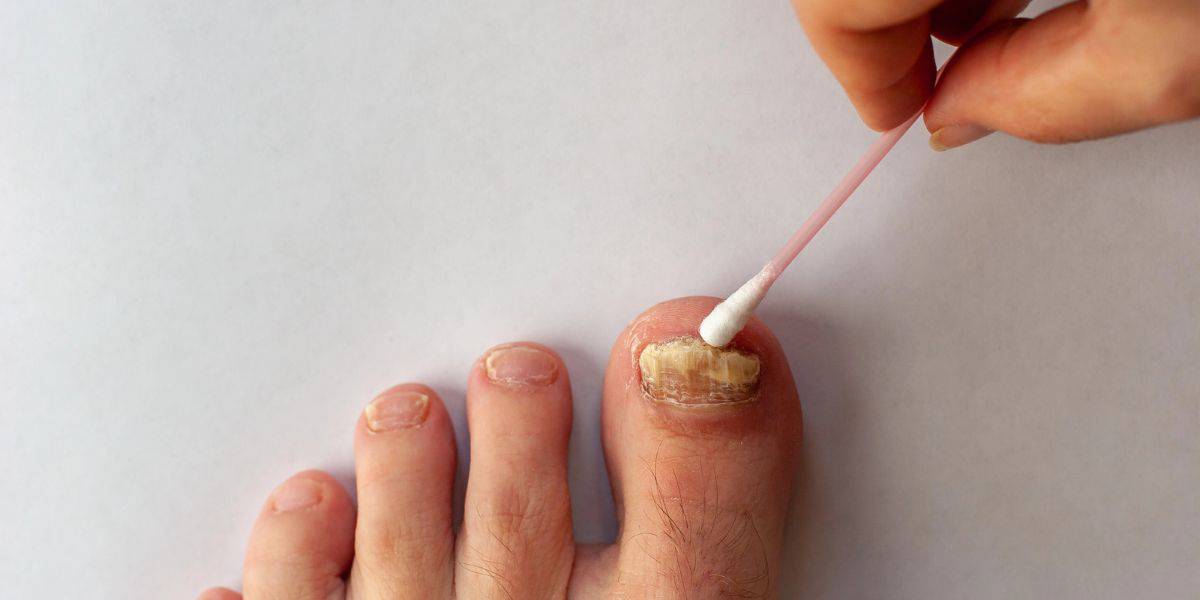 Listen Now
What To Do When Your Toenail Is Falling Off
Read More
Listen Now
What To Do When Your Toenail Is Falling Off
Read More
-
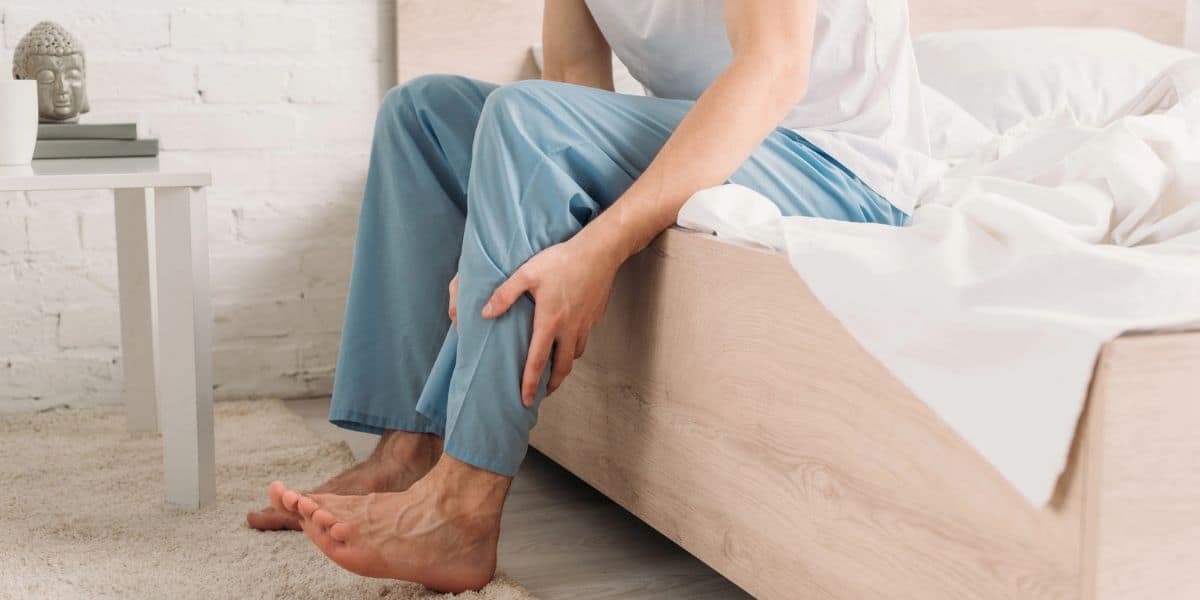 Listen Now
What Are Shin Splints?
Read More
Listen Now
What Are Shin Splints?
Read More















